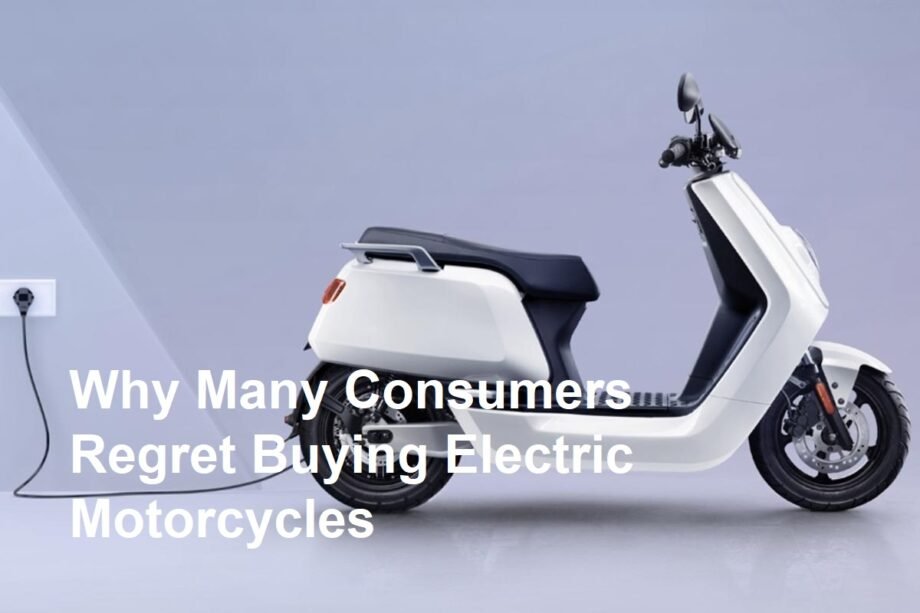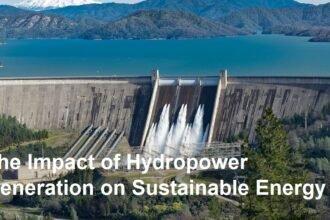Introduction
Electric motorcycles have surged in popularity as a greener, more innovative alternative to traditional gas-powered bikes. With promises of zero emissions, lower running costs, and cutting-edge technology, these two-wheelers seem like an ideal choice for eco-conscious riders. However, despite their growing appeal, a significant number of consumers express regret after purchasing electric motorcycles. Understanding the root causes of this dissatisfaction is crucial for potential buyers to make informed decisions and for manufacturers to address user concerns.
Battery Life and Range Anxiety
One of the foremost reasons consumers regret electric motorcycle purchases is battery performance. While electric motorcycles offer an environmentally friendly ride, the limited range on a single charge often falls short of expectations. Many users report that real-world driving distances are far less than advertised due to factors such as terrain, rider weight, and weather conditions. This “range anxiety” leads to frequent charging stops which can be inconvenient, especially on longer trips or in areas lacking charging infrastructure.
Charging Time and Infrastructure Challenges
Unlike refueling a gas-powered motorcycle, which takes minutes, charging an electric motorcycle’s battery can take hours. The lengthy recharge time disrupts the convenience of riding, making spontaneous trips more difficult. Coupled with insufficient public charging stations, especially in rural and suburban areas, users often find themselves stranded or planning routes meticulously around charging availability. This limitation frustrates many owners who expected the ease of use to match traditional motorbikes.
Higher Initial Cost vs. Perceived Value
Electric motorcycles generally come with a higher upfront price tag than their gasoline counterparts. While lower maintenance and fuel costs can offset this over time, many consumers feel the immediate financial outlay is not justified by the currently available technology and performance. This perception of “overpaying” leads to dissatisfaction, particularly among those who bought electric motorcycles impulsively or without thorough research.
Performance and Handling Differences
Electric motorcycles behave differently on the road compared to conventional bikes. Their acceleration characteristics, weight distribution, and handling can take some getting used to. Some consumers find the riding experience less enjoyable, especially if they expected similar dynamics to traditional motorcycles. Heavier battery packs also affect maneuverability, making electric bikes less agile and more challenging to handle in certain situations.
Maintenance and Repair Concerns
While electric motorcycles are touted for lower maintenance – no oil changes or exhaust systems – owners sometimes face challenges with specialized repairs and parts replacement. Not all mechanics are familiar with electric drivetrains, and proprietary battery systems can be expensive to replace. The limited availability of authorized service centers can leave owners feeling unsupported or concerned about long-term upkeep costs.
Environmental Impact Misconceptions
A few consumers regret their purchase upon learning about the environmental impact of battery production and disposal. Although electric motorcycles produce no tailpipe emissions, lithium-ion batteries involve resource-intensive mining and eventual recycling challenges. This knowledge can dampen the enthusiasm of eco-conscious buyers who assumed electric meant entirely green without additional environmental costs.
Final Thoughts
The regret expressed by many consumers purchasing electric motorcycles largely stems from mismatched expectations and evolving technology limitations. As battery technology improves, charging infrastructure expands, and more affordable models arrive, these concerns may lessen. Potential buyers should carefully evaluate their daily riding needs, budget, and charging options before committing to an electric motorcycle. Doing so helps ensure satisfaction with this exciting but still maturing transportation choice.









